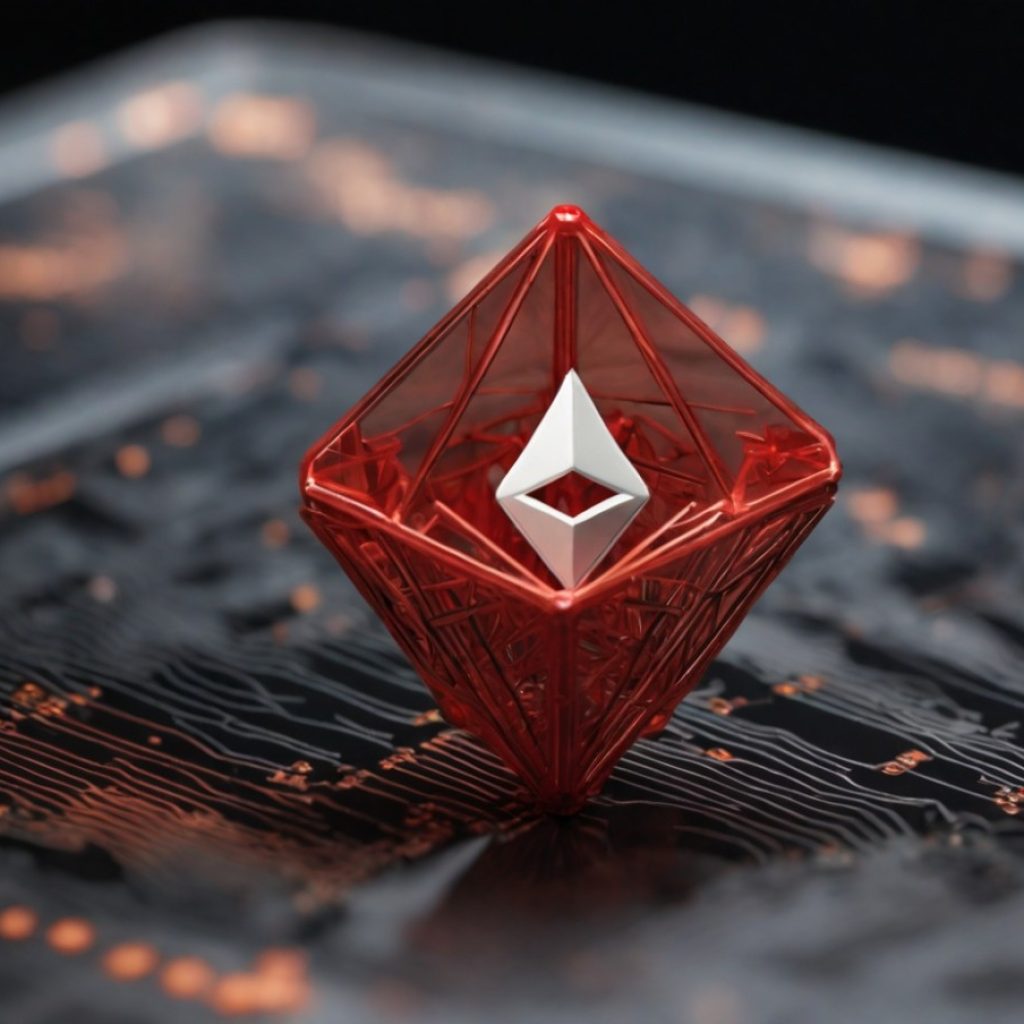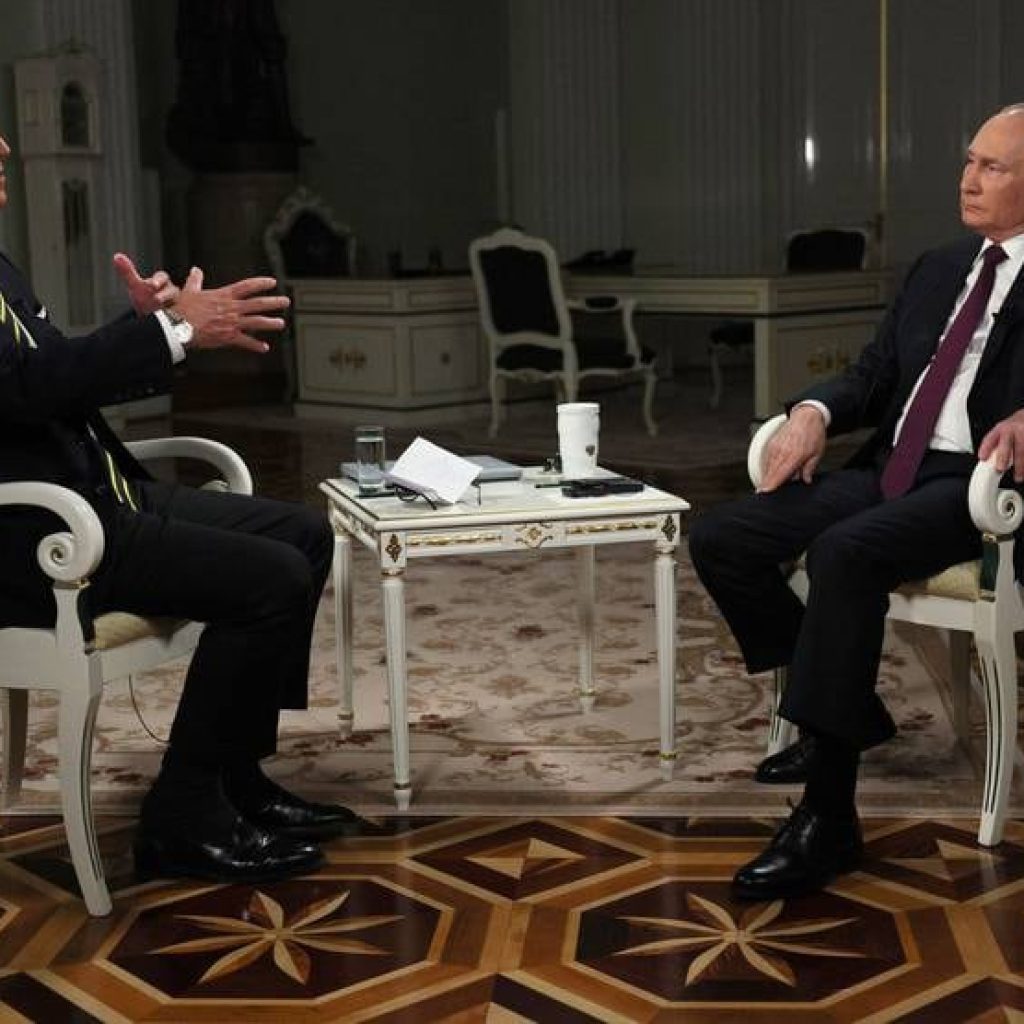With an estimated 80% of bilateral trade conducted in native currencies, Russia and Iran have demonstrated their ability to minimize the influence of the USD in their economic relations.
Highlighting this shift, Russia’s Deputy Prime Minister Alexander Novak recently conveyed the extent of this transformation to the press.
Embracing native currencies, and beyond
The shared economic landscape between Russia and Iran is seeing a significant change in its currency preferences. Novak revealed that the rial and ruble, native currencies of Iran and Russia respectively, make up approximately 80% of their mutual settlements.
In an intriguing addition, Novak furthered that there’s ongoing contemplation of employing other currencies, including the Chinese yuan.
Novak’s revelations followed extensive deliberations involving representatives from both countries, as well as officials from Russia’s Ministry of Finance and the Bank of Russia.
He noted the diminished part the USD and the Euro now play in their transactions, comprising less than 20% of settlements. The strategic efforts to transition to national currencies seem to have borne fruit, with the outcomes evident in their current trade practices.
Russia and Iran’s adaptive response to external pressures
Iran and Russia’s shift from the USD for bilateral trade settlements can be viewed as a reactive measure to circumvent the economic sanctions imposed by the U.S. government.
These sanctions have rendered the use of the USD a challenging endeavor for traditional financial transactions between the two nations.
Consequently, this has instigated a complete alteration in payment mechanisms for international trade transactions, as both countries explore and adopt alternative solutions.
Iranian President Ebrahim Raisi has exemplified this shift, instructing the Central Bank of Iran to pave the way for a complete withdrawal from the USD in trade transactions.
In its stead, he encouraged the adoption of the Iranian rial and other national currencies. Russia has echoed this sentiment, affirming its support for this switch and considering the use of the Chinese yuan for the same objectives.
The novelty of their approach doesn’t end with national currencies, however. Earlier this year, reports emerged about discussions between the two nations concerning the issuance of a gold-backed stablecoin for international settlements.
This innovative step towards decentralization, however, will be dependent on the establishment of a clear legal framework for cryptocurrencies.
Russia and Iran’s move away from the USD is not merely a practical adaptation to external economic pressures but a strategic shift that could influence the global financial landscape.
As they venture beyond the traditional sphere of the USD, embracing national currencies and contemplating cryptocurrencies, they’re carving out a novel approach in international trade settlements.
This move promises not only to shape their economic future but also to send ripple effects through the international financial arena.





